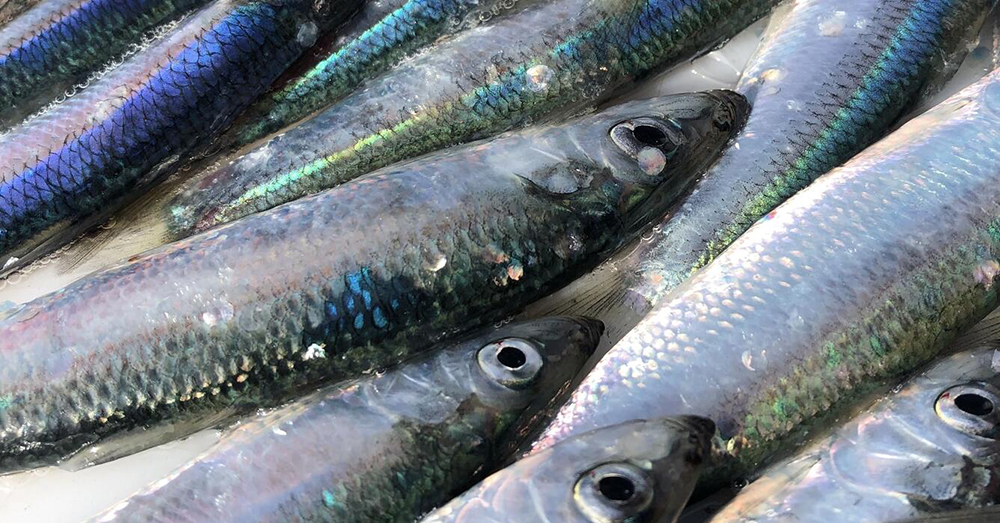
Commercial harvesters in Cordova, Alaska say they’re excited about an announcement from state fisheries officials to open the Prince William Sound herring food and bait fishery in November for the first time since 1998, but only if there is a buyer.
The guideline harvest level, or GHL, announced Oct. 25, is for 500 tons of herring.
Fishermen have made inquiries to processors in Cordova, whose facilities are currently closed. As of Oct. 28, they’ve received no confirmation of processing facilities opening. Veteran fisherman Ken Jones noted that even last year, those canneries didn’t open until May.
Back in the 1970s and 1980s, before the Exxon Valdez oil spill disaster, pretty much everyone was involved in the herring fishery; Jones said there are over 100 permits for commercial participation.
While things are looking good for the spring of 2025, Jones said that announcing the fall opener in late October may have been too short a notice for processors, but if there’s a market, he’ll be fishing.
Losing the herring season for all those years had a huge impact on the community, he said.
The spawning biomass estimate is 35,485 short tons, which is above the minimum spawning biomass threshold of 22,000 tons in the Prince William Sound herring management plan. When the biomass is between 22,000 tons and 42,500 tons the department may establish an exploitation rate from zero to 20%.
The University of Washington School of Aquatic and Fishery Sciences calculated a preliminary estimate of 35,485 short tons or the 2024 Prince William Sound spawning biomass.
This is the fourth year that the biomass has been above the threshold. The multiple years of above-threshold biomass estimates and signs of improving recruitment, with recruit-age fish proportions likely to offset older age class mortality, support opening this small-scale fishery.
With the spring 2024 herring spawning biomass above the 22,000-ton minimum threshold, a GHL has been established to allocate harvest to the food and bait, spring sac roe and spawn-on-kelp fisheries.
The Prince William Sound Herring Management Plan describes the management year for herring as July 1 through June 30.
The preliminary GHLs are established before the food and bait season in the fall and are based on the final spawning biomass estimates from the previous spring, cohort analysis, and projected recruitment. A preliminary GHL was established using a conservative exploitation rate of 10% for the stock.
